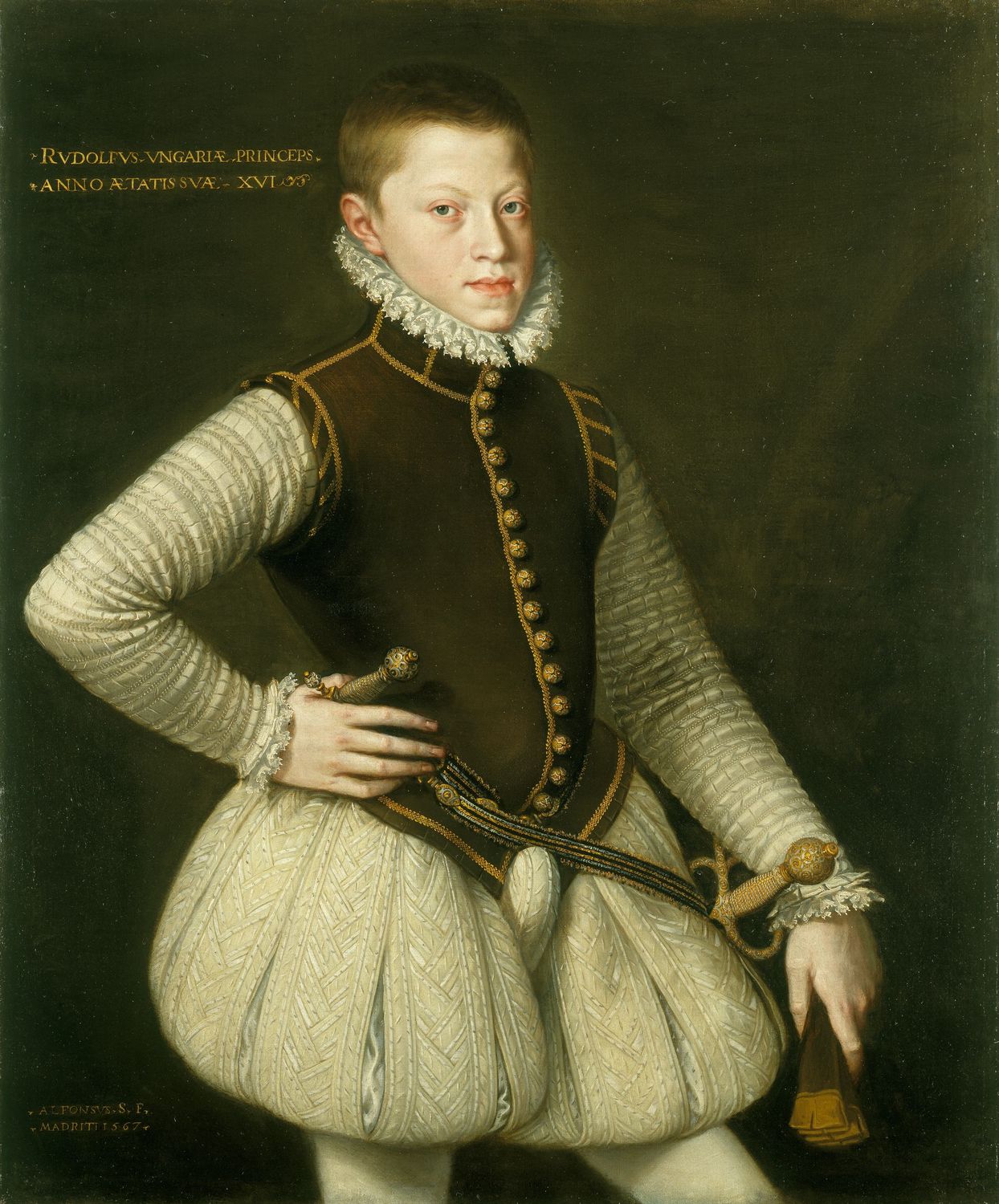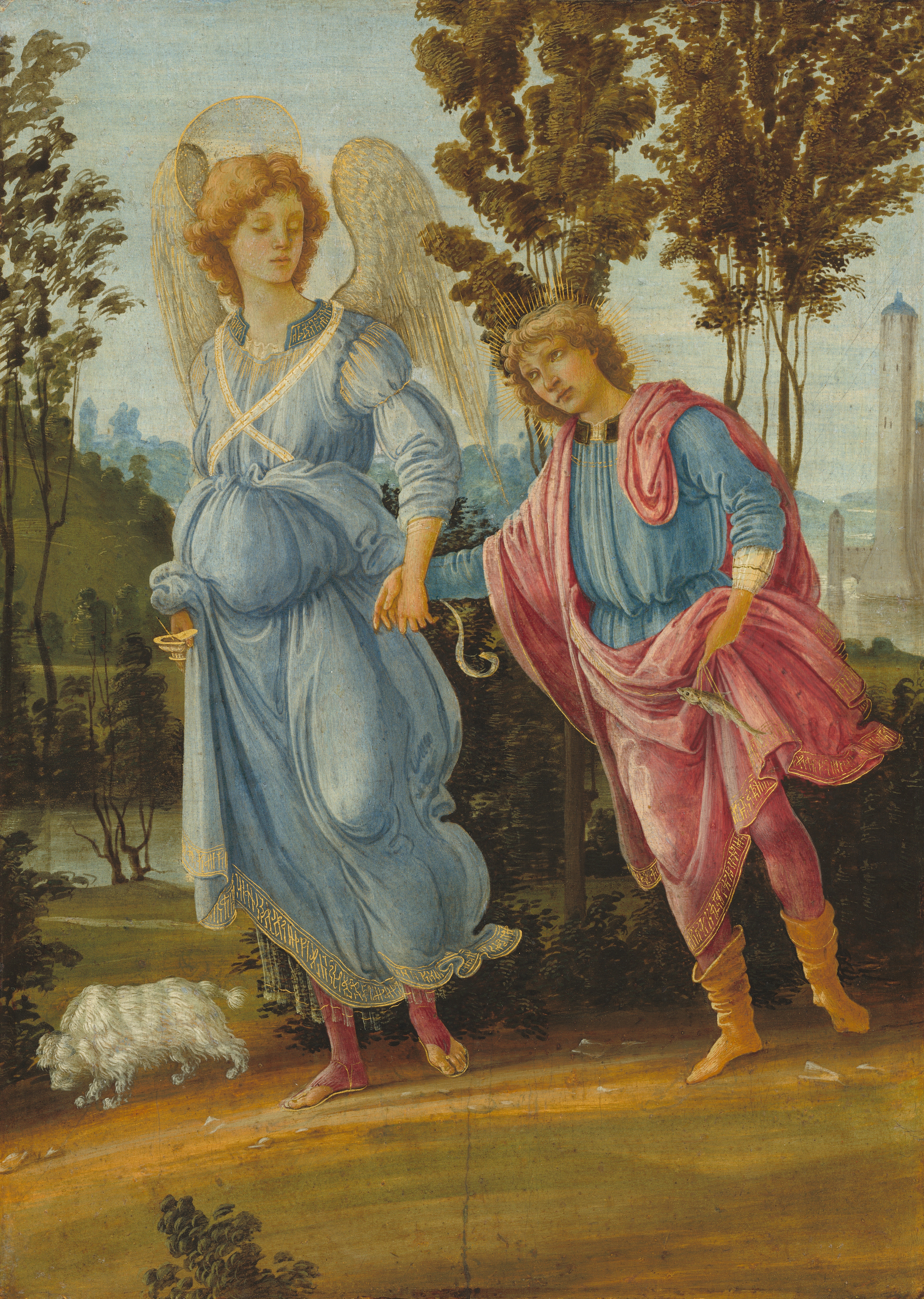|
Králíky
Králíky (; ) is a town in Ústí nad Orlicí District in the Pardubice Region of the Czech Republic. It has about 4,100 inhabitants. The historic town centre is well preserved and is protected as an urban monument zone. Administrative division Králíky consists of 11 municipal parts (in brackets population according to the 2021 census): *Králíky (3,128) *Červený Potok (76) *Dolní Boříkovice (189) *Dolní Hedeč (71) *Dolní Lipka (105) *Heřmanice (69) *Horní Boříkovice (3) *Horní Hedeč (7) *Horní Lipka (83) *Kopeček (2) *Prostřední Lipka (143) Etymology The similarity of the town's name with the modern Czech word ''králík'' (i.e. 'rabbit') is accidental. The oldest German name of the locality was derived from the personal German name Greulich, dialectally pronounced as Kralych. The Czech name was derived from this form. Geography Králíky is located about northeast of Ústí nad Orlicí and east of Pardubice, on the border with Poland. The Tichá Orli ... [...More Info...] [...Related Items...] OR: [Wikipedia] [Google] [Baidu] |
Ústí Nad Orlicí District
Ústí nad Orlicí District () is a Okres, district in the Pardubice Region of the Czech Republic. Its capital is the town of Ústí nad Orlicí, but the most populated town is Česká Třebová. Administrative division Ústí nad Orlicí District is divided into six Districts of the Czech Republic#Municipalities with extended competence, administrative districts of municipalities with extended competence: Ústí nad Orlicí, Česká Třebová, Králíky, Lanškroun, Vysoké Mýto and Žamberk. List of municipalities Towns are marked in bold and market towns in ''italics'': Albrechtice (Ústí nad Orlicí District), Albrechtice – Anenská Studánka – Běstovice – Bošín – Brandýs nad Orlicí – Bučina (Ústí nad Orlicí District), Bučina – Bystřec – Čenkovice – Červená Voda (Ústí nad Orlicí District), Červená Voda – Česká Rybná – Česká Třebová – ''České Heřmanice'' – České Libchavy – České Petrovice – Choceň – Cotkytle – ... [...More Info...] [...Related Items...] OR: [Wikipedia] [Google] [Baidu] |
Kłodzko Valley
The Kłodzko Valley (, , ) a valley in the Sudetes mountain range, that covers the central part of Kłodzko County in south-western Poland, with the southern tip extending to the Czech Republic around the town of Králíky. The chief and largest town in the valley is Kłodzko. It is traversed by the upper Eastern Neisse river running from south to north and surrounded by the Table Mountains, Bardzkie Mountains and Bystrzyckie Mountains of the Central Sudetes in the west as well as by the Snieznik Mountains, Golden Mountains and Owl Mountains of the Eastern Sudetes in the east. The mountain passes of Kudowa/ Běloves in the west and of Międzylesie/ Lichkov in the south connect to Czech areas around Náchod and Králíky respectively. Flowing through the valley, the Eastern Neisse is joined by , and Ścinawka rivers, and then exits it in the northeast through the Bardzkie Mountains to Bardo in Lower Silesia. In ancient times, the Amber Road led through the Kłodzk ... [...More Info...] [...Related Items...] OR: [Wikipedia] [Google] [Baidu] |
Pardubice Region
Pardubice Region () is an administrative unit () of the Czech Republic, located mainly in the eastern part of its historical region of Bohemia, with a small part in northwestern Moravia. It is named after its capital Pardubice. As an administrative unit, Pardubice Region has existed three times in the course of history. It was established for the first time in 1850, and extended from Český Brod to the Bohemian-Moravian border. In its second existence, it was one of 19 regions as they were set between 1949 and 1960. After 1960, Pardubice became the capital of Pardubice district, which was part of the Eastern Bohemian Region (capital Hradec Králové). The Pardubice Region, as it is now, was reestablished in 2000. Administrative divisions The Pardubice Region is divided into 4 districts: There are a total of 451 municipalities in the region (as of 2019). Among these are 15 municipalities with extended powers and 26 municipalities with a delegated municipal office. Thirty-two of ... [...More Info...] [...Related Items...] OR: [Wikipedia] [Google] [Baidu] |
Tichá Orlice
The Tichá Orlice () is a river in the Czech Republic, the secondary source river of the Orlice River. It flows through the Hradec Králové and Pardubice regions. It is long, making it the 21st longest river in the Czech Republic. Etymology The name Orlice is derived from the Slavic word ''orel'', i.e. 'eagle' (literally "female eagle"). The river probably got its name from the abundance of eagles, but it could also have just been the accidental catch of an eagle. The attribute ''tichá'' means 'silent' and refers to its character (compared to Divoká Orlice, i.e. "wild Orlice"). Characteristic The Tichá Orlice originates in the territory of Červená Voda in the Hanušovice Highlands at an elevation of and flows to Žďár nad Orlicí, where it merges with the Divoká Orlice at an elevation of and together they form the Orlice. It is long, making it the 21st longest river in the Czech Republic. Its drainage basin has an area of . The longest tributaries of the Tichá ... [...More Info...] [...Related Items...] OR: [Wikipedia] [Google] [Baidu] |
Rudolf II, Holy Roman Emperor
Rudolf II (18 July 1552 – 20 January 1612) was Holy Roman Emperor (1576–1612), King of Hungary and Kingdom of Croatia (Habsburg), Croatia (as Rudolf I, 1572–1608), King of Bohemia (1575–1608/1611) and Archduke of Austria (1576–1608). He was a member of the House of Habsburg. Rudolf's legacy has traditionally been viewed in three ways:Hotson, 1999. an ineffectual ruler whose mistakes led directly to the Thirty Years' War; a great and influential patron of Northern Mannerism, Northern Mannerist art; and an intellectual devotee of occult arts and learning which helped seed what would be called the Scientific Revolution. Determined to unify Christendom, he initiated the Long Turkish War (1593–1606) with the Ottoman Empire. Exhausted by war, his citizens in Kingdom of Hungary (1526-1867), Hungary revolted in the Bocskai uprising, Bocskai Uprising, which led to more authority being given to his brother Matthias, Holy Roman Emperor, Matthias. Under his reign, there was ... [...More Info...] [...Related Items...] OR: [Wikipedia] [Google] [Baidu] |
Charles IV, Holy Roman Emperor
Charles IV (; ; ; 14 May 1316 – 29 November 1378''Karl IV''. In: (1960): ''Geschichte in Gestalten'' (''History in figures''), vol. 2: ''F–K''. 38, Frankfurt 1963, p. 294), also known as Charles of Luxembourg, born Wenceslaus (, ), was Holy Roman Emperor from 1355 until his death in 1378. He was elected King of Germany (King of the Romans) in 1346 and became King of Bohemia (as Charles I) that same year. He was a member of the House of Luxembourg from his father's side and the Bohemian House of Přemyslid from his mother's side; he emphasized the latter due to his lifelong affinity for the Bohemian side of his inheritance, and also because his direct ancestors in the Přemyslid line included two saints. He was the eldest son and heir of John of Bohemia, King of Bohemia and Count of Luxembourg, who died at the Battle of Crécy on 26 August 1346. His mother, Elizabeth of Bohemia (1292–1330), Elizabeth, Queen of Bohemia, was the sister of Wenceslaus III of Bohemia, W ... [...More Info...] [...Related Items...] OR: [Wikipedia] [Google] [Baidu] |
Žampach (Ústí Nad Orlicí District)
Žampach is a municipality and village in Ústí nad Orlicí District in the Pardubice Region of the Czech Republic The Czech Republic, also known as Czechia, and historically known as Bohemia, is a landlocked country in Central Europe. The country is bordered by Austria to the south, Germany to the west, Poland to the northeast, and Slovakia to the south .... It has about 300 inhabitants. Administrative division Žampach consists of two municipal parts (in brackets population according to the 2021 census): *Žampach (253) *Hlavná (39) Demographics Sights In Žampach there are the early Baroque Žampach Castle and ruins of the former Gothic castle. References External links * Villages in Ústí nad Orlicí District {{Pardubice-geo-stub ... [...More Info...] [...Related Items...] OR: [Wikipedia] [Google] [Baidu] |
Waldstein Family
The House of Waldstein (Valdstejn, Valdonio, or Wallenstein) is an old, wealthy and important noble family from Central Europe (Germany and the Czech Republic). They owned many castles across Europe. Origin The House of Waldstein or House of Valdštejn is a Bohemian nobility, Bohemian noble family that originated from the Kingdom of Bohemia as a branch of the Markwartinger family (House of Markvartic) and gained prominence during the reign of the Přemyslid dynasty. The house was founded by Jaroslav of Hruštice (1234–1269) and named after Valdštejn Castle near Turnov in northern Bohemia. The family's most prominent members include Albrecht von Wallenstein, the Imperial general during the Thirty Years' War, and Count Ferdinand Ernst Gabriel von Waldstein, Ferdinand Ernst von Waldstein, a statesman and early patron of Ludwig van Beethoven. History The Waldstein noble family originated from the medieval ''Markvartici'' clan, which gained influence at the Přemyslid dynasty, ... [...More Info...] [...Related Items...] OR: [Wikipedia] [Google] [Baidu] |
Obec
(, ; plural ) is the Czech and Slovak word for a municipality (in the Czech Republic, in Slovakia and abroad). The literal meaning of the word is " commune" or " community". It is the smallest administrative unit that is governed by elected representatives. Cities and towns are also municipalities. Definition The legal definition (according to the Czech code of law with similar definition in the Slovak code of law) is: ''"The municipality is a basic territorial self-governing community of citizens; it forms a territorial unit, which is defined by the boundary of the municipality."'' Every municipality is composed of one or more cadastral areas. Every municipality is also composed of one or more municipal parts (), which are usually town quarters or villages. A municipality can have its own flag and coat of arms. Czech Republic Almost the entire area of the Czech Republic is divided into municipalities, with the only exception being military training areas. The smaller mu ... [...More Info...] [...Related Items...] OR: [Wikipedia] [Google] [Baidu] |
Privilege (law)
A privilege is a certain entitlement to immunity from prosecution, immunity granted by the state or another authority to a restricted group, either by birth or on a conditional basis. Land-titles and taxi medallions are examples of transferable privilege – they can be revoked in certain circumstances. In modern democratic states, a ''privilege'' is conditional and granted only after birth. By contrast, a ''right'' is an inherent, irrevocable entitlement held by all citizens or all human beings from the moment of birth. Various examples of old common law privilege still exist – to title deeds, for example. Etymologically, a privilege (''privilegium'') means a "private law", or rule relating to a specific individual or institution. The principles of conduct that members of the legal profession observe in their practice are called legal ethics. Boniface's Fulda monastery, abbey of Fulda, to cite an early and prominent example, was granted ''privilege (canon law), privilegium' ... [...More Info...] [...Related Items...] OR: [Wikipedia] [Google] [Baidu] |
Tobias Johannes Becker
Tobias is the transliteration of the , which is a Graecisation of the Hebrew biblical name . With the biblical Book of Tobit being present in the Deuterocanonical books and Biblical apocrypha, Tobias is a popular male given name for both Christians and Jews in English-speaking countries, German-speaking countries, the Low Countries, and Scandinavian countries. In English-speaking countries, it is often shortened to Toby and derivative names include Tobey. In German, this name appears as Tobias or Tobi; in French as Tobie; and in Swedish as Tobias or Tobbe. In other languages * Danish, Norwegian, German, Dutch, Swedish, Portuguese: Tobias * Amharic: ጦቢያ ''Ṭobiya'' * Burmese: တိုဘိယ (''Tobiya'') * Catalan: Tobies * Chinese (Simplified): 托拜厄斯 (Tuōbàièsī) * Chinese (Traditional):託比亞斯 (Tuōbǐyǎsī) * Croatian: Tobijaš * Czech: Tobiáš, Tobias * Finnish: Topias, Topi * French: Tobie * Greek: Τωβίας ''(Tobías)'' or '' (Tov ... [...More Info...] [...Related Items...] OR: [Wikipedia] [Google] [Baidu] |





